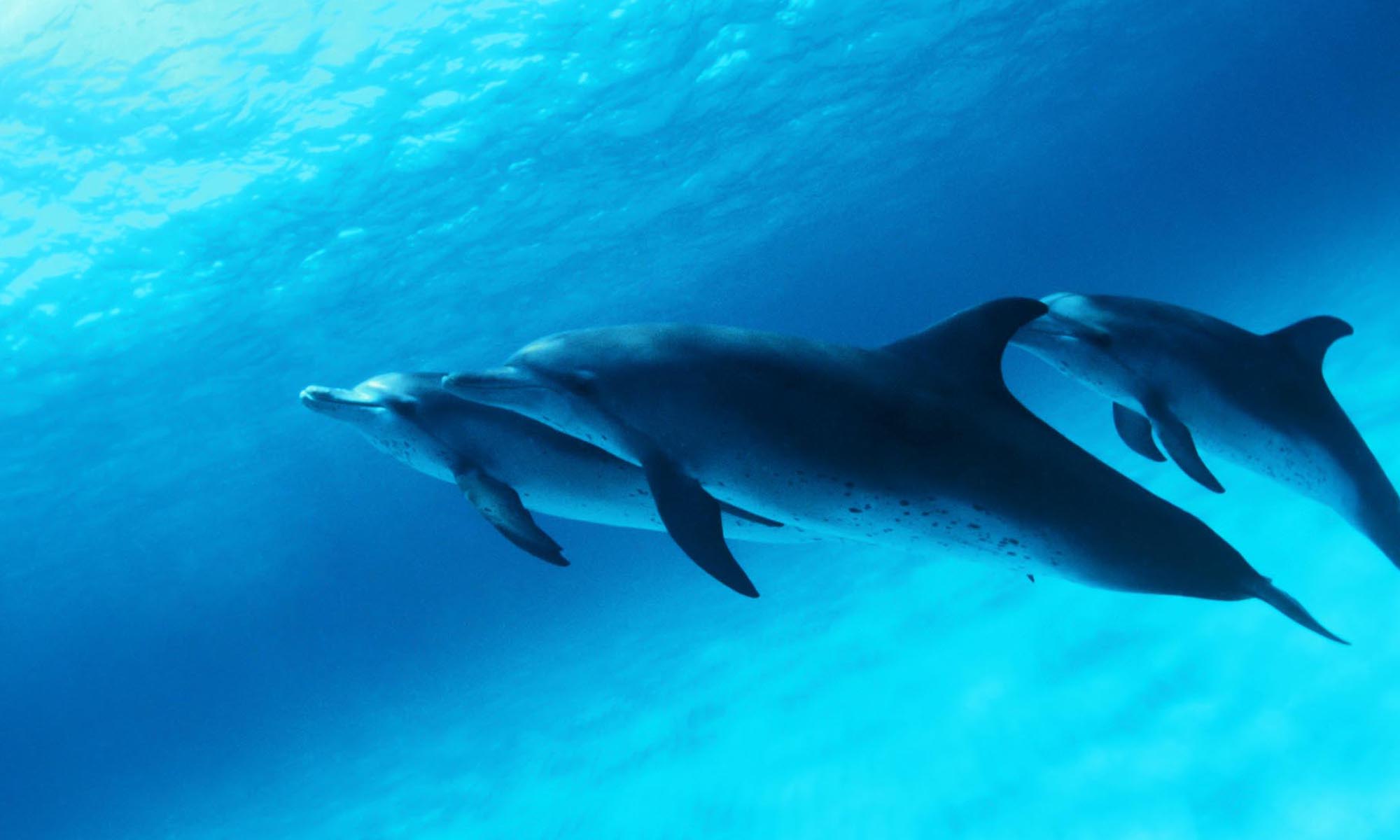Animal rights activists have pointed to a recent decision by the highest court in Ecuador — the Constitutional Court (Corte Constitucional Del Ecuador) — as a breakthrough for animal rights. As the NonHuman Rights Project (NHRP) described it, the decision “constitutes one of the most important advances in the field of animal rights and environmental law in recent years. . . . The Court’s groundbreaking ruling advances the constitutional protection of animals — ranging from the level of species to the individual animal — with their own inherent value and needs.”
Upon closer examination, the Court’s Final Judgment is not as far-reaching as has been claimed. Continue reading “Ecuadorian Animal Rights Decision is Mixed Bag”
